High-performing teams are high performing for a reason. What they’re able to do – like photograph a black hole or contain a pandemic – is directly connected to the combination of traits that makes up their team chemistry. Their “teamistry,” if you will.
What’s the secret? Are the ingredients guarded like the formula for original Coca-Cola? No, friends. The ingredients are right here for you. While producing our original podcast Teamistry, we’ve been able to reverse-engineer the secret sauce that powers teams to accomplish incredible feats. (Though, a note: you might have to play with the recipe for your own team. Teamistry is very much to taste.)
In each episode of Teamistry, we identified a team’s “superpowers,” the stand-out qualities that enabled, for example, Shackleton’s stranded team to survive against all odds while stuck in a frozen wasteland or the Apollo 11 astronauts to step out on the surface of the moon in spacesuits that didn’t explode.
Characteristics of high-performing teams, as discovered in the making of Teamistry
Below are the superpowers that defined these real-life teams. Read on to find out how their techniques and attitudes can inspire your team to reach new heights. (Bonus: each superpower has its own illustration and pithy description. Send them to your teammates, or print them and tape to your office wall!)
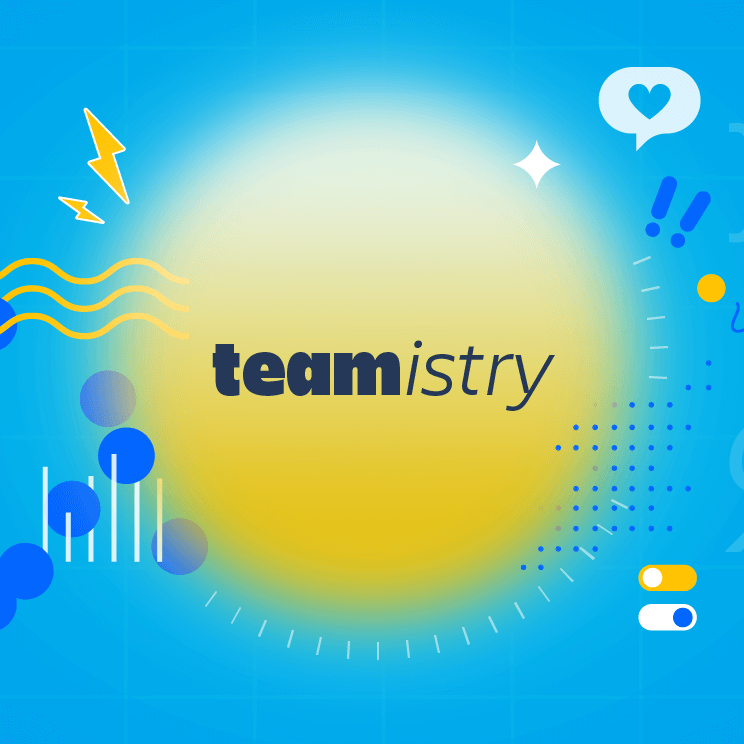
How Thomas Edison captured divergent thinking
In Teamistry’s first episode, “The Wizards of Menlo Park,” we debunked a myth. Thomas Edison’s greatest achievement was not, in fact, the invention of the lightbulb. The genius of Edison was that he brought together some of the brightest minds to collaborate, exchange ideas, and work in creative ways to change the world as we knew it.
Human Pyramid – Take, compare, and share notes. Build on each other’s work.
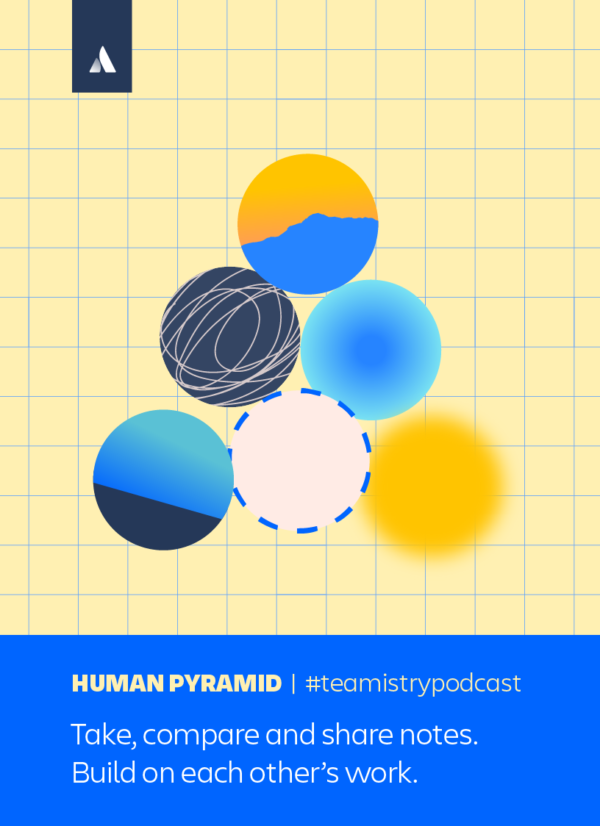
Edison encouraged, even required, the sharing of notes. He placed notebooks everywhere – the workshop, the foundry. The notes the team added helped them build on each other’s radically different ideas, capturing all this divergent thinking like lightning in a bottle, so their work could literally be more than the sum of their individual efforts.
Musical Chairs – Change roles, alter your perspective. It can make all the difference.
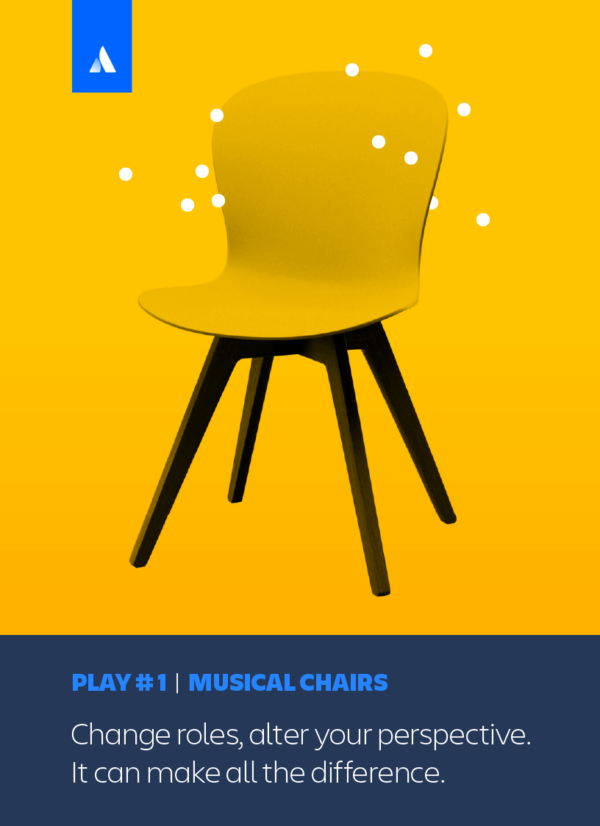
The shared workspace at Menlo Park allowed divergent thinking to become convergent thinking. Edison expected workers to figure stuff out for themselves, and didn’t restrict them to working on one specific job. If someone on the team showed interest and aptitude in another area, they were encouraged to dive in. Edison believed that when teams needed input from different perspectives, roles had to be fluid. His goal was to always access new ways of thinking.
I believe [Edison’s] greatest invention was this laboratory of Menlo Park, this idea of ‘Let’s get some of the best and brightest together. Let’s get them from diverse sources to work on various different projects, to tinker, to cross-pollinate ideas,’ long before that was a trendy thing like it is nowadays in organizations.
David Burkus, author of The Myths of Creativity: The Truth About How Innovative Companies and People Generate Great Ideas
Keeping communication from getting lost in a black hole (while photographing a black hole)
“Photographing a Black Hole” follows the story of how an international team of astronomers and scientists made the greatest cosmic discovery of our times: they photographed a black hole. On April 10, 2019, the world saw what many thought was unseeable. But how? While this first-ever image of a glowing orange ring was splashed across the front pages, buried underneath was the story of how the team actually did it. This episode tells story of the Herculean scientific work and dicey political maneuvering that spanned countries, continents, and institutions.
Universal Frequency – Stay fixed on your north star by giving everyone steady updates.
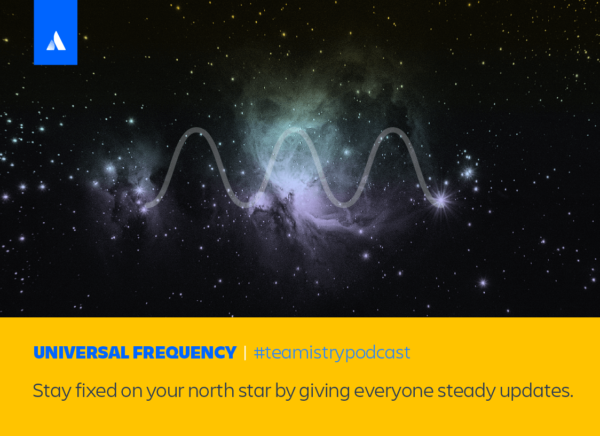
The Event Horizon Telescope Collaboration team was separated by time zones but united by the collective quest for the greatest cosmic discovery of our times. It involved not only organizing an international team, but keeping them motivated so the project could continue to move ahead. Steady, consistent communication was key.
Have you ever tried to set up a meeting between folks in a couple of different time zones? It’s a headache. Now, imagine that that’s how you have to work every day, with people all over the world, with different backgrounds, languages, time commitments, everything. The bigger challenge, though, was ensuring that everyone saw how their long work hours contributed to the final results of the project.
Gabriela Cowperthwaite, host of Teamistry
Constructive Tension – Avoid groupthink. Break into smaller teams and challenge assumptions.
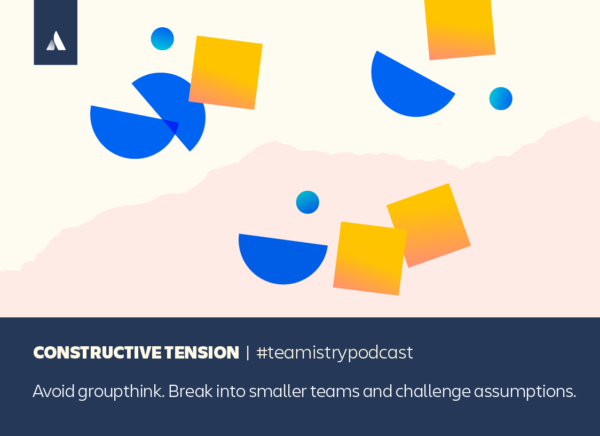
The Event Horizon Telescope Collaboration realized that splitting into subgroups that could take different paths to solve the same problem would help them achieve their goal. They used this tactic to accelerate their work.
We purposely did not want to be fooled by groupthink. If we were all in the same room working on the data, it would have been very easy for us to be lulled into this sense that yes, we were seeing this ring, when it could have been something else.
Shep Doeleman, part of the Smithsonian Astrophysical Observatory and one of the founders of the Event Horizon Telescope collaboration
Empowering workers at all levels saved Ford from bankruptcy
“The Car that Saved Ford,” takes place on the design floor at Ford, where together, creative geniuses from different departments worked to create an automobile that would save the company from bankruptcy. The company needed a sensation, and they got one: the Ford Taurus. But the breakthrough model wasn’t just a revolutionary product, it represented a revolution in how Ford operated at its very core – something that hadn’t changed in nearly a century.
Directed Autonomy – Share the vision. Let everyone weigh in, no matter where they sit.
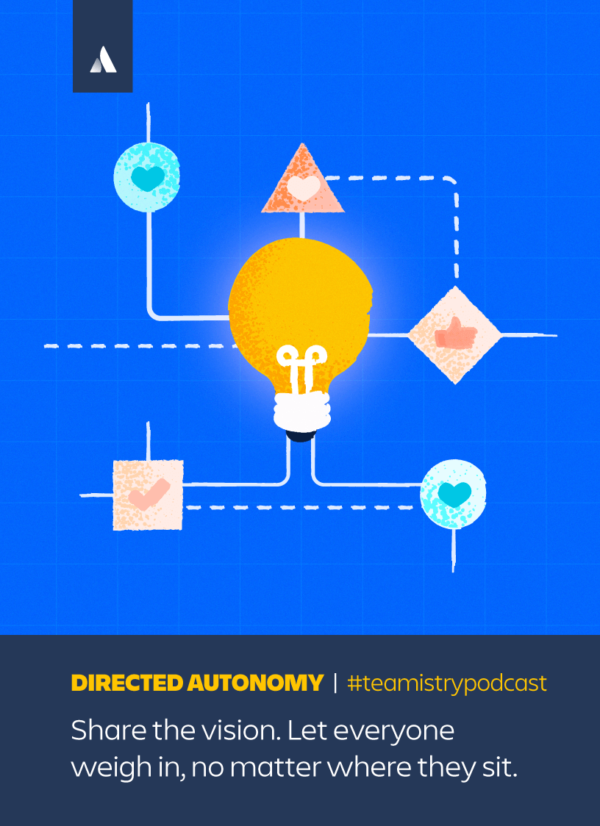
Jack Telnack, then the head of North America design for Ford, described it like this: “If you have a problem, bring it out in front of everyone, let’s talk about it, let’s resolve it here. I was trying to get away from the typical top-down type of management, where you told everybody exactly what to do. This was more of a bottom-up approach. I think it brought up much more creativity with the team by doing it this way.”
When the air conditioning ducts were designed, typically, the engineers would decide to put them where they were easiest to be placed, not where they were the most effective. And then the designers would have to work around where the air conditioning ducts were and decide where to place all the other dials. Which is completely idiotic if you think about it, because it’s not responding to what the driver needs, it’s responding to what the engineer needs.
Eric Taub, author of Taurus: The Making of The Car that Saved Ford
Sanctuary – If you see something, say something. Without fear of reprisals.
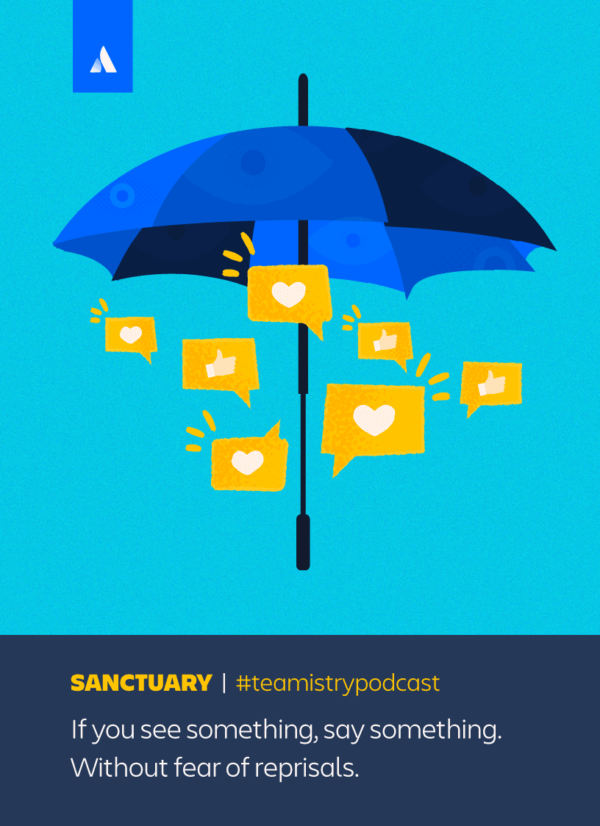
Ford realized the value of every person along the production line, especially those closest to the product. There was specific, safe encouragement to speak up. Workers on the factory floor were told to stop the line if there were problems and report the facts without fear of retribution.
You have all these folks, from different parts of Ford, working together for the first time, feeling a sense of creative freedom. That freedom needs to include safety in pointing out problems and concerns.
Gabriela Cowperthwaite, host of Teamistry
Autonomy in decision making stopped a nuclear meltdown
“Saving Fukushima” is about the 9.1-magnitude earthquake in Japan that triggered a 14-meter-high tsunami that crashed into the Fukushima Daiichi Nuclear Power Plant on March 11, 2011. As the world watched in horror, the responsibility of containing the disaster fell on workers who had to risk their lives to salvage the plant – and protect the planet. The episode takes us through the harrowing experience that no amount of training could’ve prepared the team for.
Resilience Engineering – Teams adapt to sudden change best when the company mission is clear.
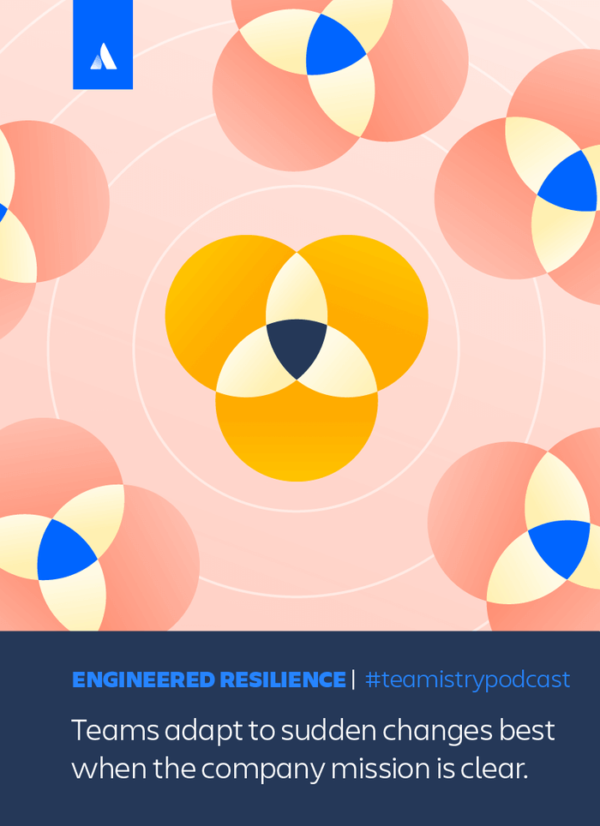
Former plant superintendent Atsufumi Yoshizawa described the scenes from the frontlines and how a method called “resilience engineering” helped his team prevent total meltdown. It was an attitude of adapting oneself to the requirements of the moment, with four necessary abilities: learn from the past; be able respond to what is happening in the present; respond adequately to what is happening with keen observation skills; and use foresight to predict what will happen next.
When there’s trouble, people like Atsufumi and the unit managers have the ability to make decisions, because instructions are valued and people below are able to respond without confusion. If top management are confused in their decision making, people will grow anxious. If you trust them you can be calm and take action.
Gabriela Cowperthwaite, host of Teamistry
Assessing the needs of individuals helped Shackleton save the entire team
In 1914, Sir Ernest Shackleton set sail on the Endurance. But instead of becoming the first man to walk across Antarctica, his ship was marooned and he became leader of a different mission: keeping his crew of 28 alive. In “The Brilliant Success of Shackleton’s Failure,” we travel back in time to examine the surprisingly modern leadership skills that Shackleton used to save the restless seamen on his expedition who quickly ran out of food, patience, and hope.
Calculated Empathy – Inspirational leaders know what each team member needs when winds shift.
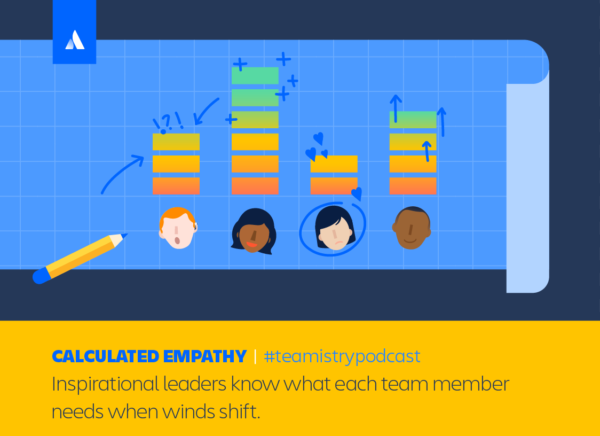
All leaders need empathy, but calculated empathy goes a step further. It’s about balancing what each person on the team needs against the over-arching goals of the mission.
When one man would start to flag and Shackleton would notice his energy declining, he would order up hot milk for all the men around him, including that man, without ever identifying who the person he was worried about was. So he did everything from, ‘I’m going to take care of the men without ever embarrassing anyone, raise their energy, make them feel better, warm their bodies,’ to making conversation after dinner with them. He used to travel around the camp, stopping at the tent to chat about, oh, this Britannica article. They had torn sheets from the encyclopedia on the ship before they emptied the ship or play cards. So each man felt like their boss, knew who they were and cared about who they were.
Nancy Koehn, Author & business historian at Harvard Business School
Pivot and Commit – Change takes courage. Use evidence to decide and advance with confidence.
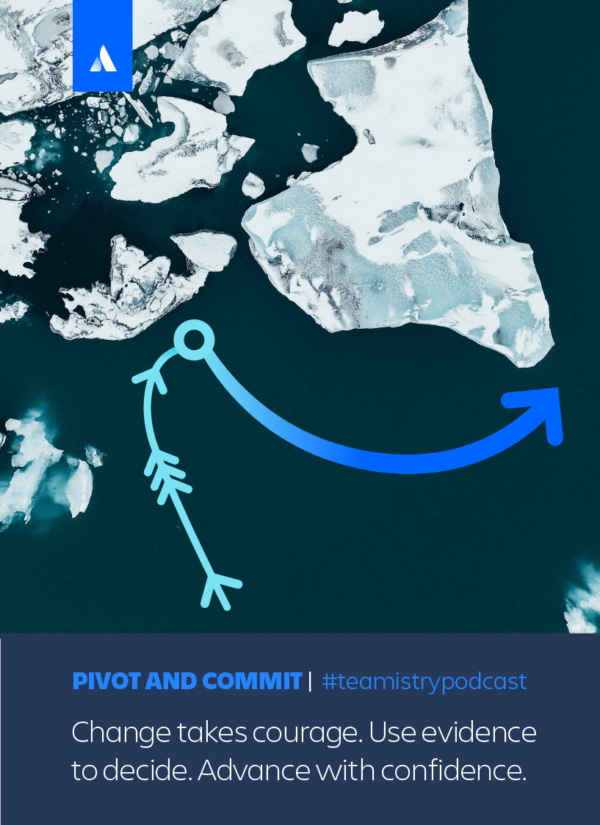
It’s might be tempting to conjure a Captain Ahab-like image of Shackleton, ready to throw his life away to reach the South Pole. But Shackleton was the champion of “pivot and commit.” He understood that he must let his “whale” go and pick a new goal: saving the crew. What can’t be overstated is the incredible courage this required, the the skillful shifting of priorities, and the whole-hearted focus on the new tasks at hand.
The Google Maps team proved that going from A to B is rarely a straight line
In “Finding the Way to Google Maps,” we remember something that can be easy to forget: because of Google Maps, the entire globe now seems within reach. But the road to inventing Google Maps? That’s another story.
Heightened State of Motivation – Silence the noise and zero-in on a goal to make real progress.

Keep the destination in sight. That’s what enabled the Google team to stay focused on their task, despite continually being one wrong turn away from a dead end. Rent checks bounced. Savings accounts evaporated. But the team kept finding new pathways until they reached their final destination.
Embrace the Detour – Keep going despite headwinds. Challenges hone the direction.

The detours and U-turns of the journey, including working alongside competitors, are what eventually lead to the creation that changed the world as we know it. Their success is attributable to the way they responded to challenges: they didn’t get discouraged, they used the new information as a guide.
The founding fathers knew you must level-set when designing a country
On the eve of the Constitutional Convention of 1787, the French minister to America wrote this to colleagues in Paris: “What part of the United States would you like to take when it falls apart?” In “The United States of Compromise,” we discover how an unlikely team of delegates set aside the interests of their individual states to create a collective called The United States of America through compromise.
Common Ground – Agree on the destination. Then let contributed wisdom be your guide.

This is about being guided by a shared vision, and then using that to formulate the underlying details. The framers believed in the separation of powers. They believed in checks and balances. And they thought the government should be representative of the people in some way. But there quarrels about what many of those things meant.
Common ground is how they made sure, before they even got started, that everyone shared the same priorities for a new government. Regardless of how they ultimately got there, they had a destination in mind.
Psychological Safety – Only in safe spaces will all ideas emerge, free of misgivings.
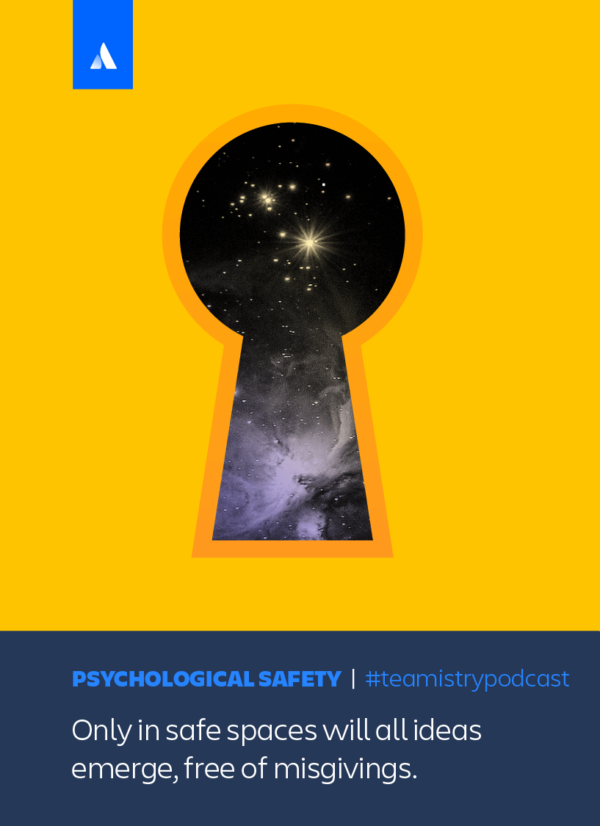
By keeping the Constitutional Convention closed, the founding fathers created a “safe space” to work in. Think about it – if the early debates at the convention had been public, and the delegates had to take public positions early-on, it would’ve made it much more difficult for them to change their minds and to compromise later on. They would’ve been accused of flip-flopping, the way we often accuse modern politicians when they change their minds.
The founders applied what we now call psychological safety – a powerful tool that allowed delegates to change their minds. They could consider other viewpoints and compromise without being afraid of outside judgment or criticism, or risking losing their positions in the state legislatures.
How a seamstress and two engineers taught NASA how to harmonize
What do you see when Neil Armstrong steps on the moon for the first time? Not his face. You see his moonsuit. In “The Team that Fashioned Apollo 11,” we learn how an “individual spaceship” was created by an unlikely and unsung team of seamstresses, craftspeople without formal degrees, and engineers – where a single bad stitch meant certain death for the astronauts.
Primary Focus – Don’t lose the forest for the trees. Keep your main objective close to heart.
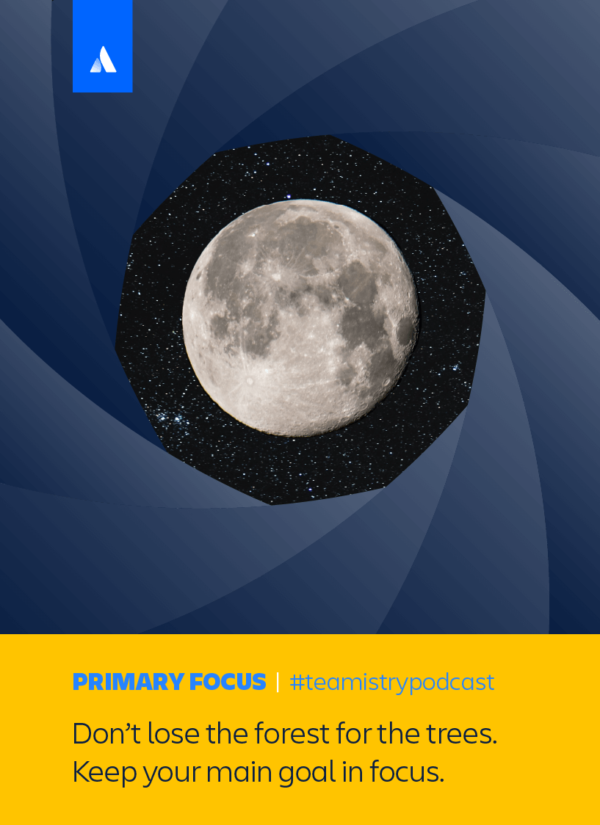
This wasn’t about sewing, it was about saving lives. To keep that in perspective, the team put pictures of each astronaut with their respective suits. One glance was all it took to remember that this piece of clothing was going to keep someone alive, a quarter-million miles away from the earth. Success was ensuring that every astronaut could survive on the moon. That was priority number one.
When Neil Armstrong stepped on the moon for the first time, we don’t actually see his face. We see his moonsuit. That moonsuit — in effect — is Neil Armstrong; an inseparable part of this historic moment.
Gabriela Cowperthwaite, host of Teamistry
Tip
One of Atlassian’s five core values is: “Don’t #@!% the customer.” Keep your customer top of mind so you don’t get lost in the process or the work itself.
Multipart Harmony – Unique voices, when combined, produce better sound. Blend expertise for breakthrough solutions.
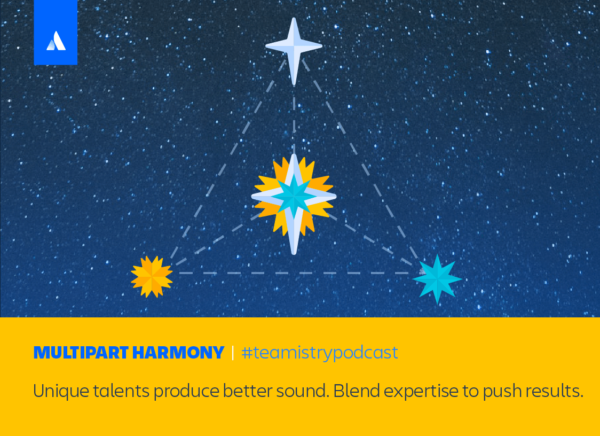
The moonsuit team consisted of three people sitting around a sewing machine: a seamstress, a pedigreed engineer, and a “hard-knocks engineer.” They all had different competencies. The seamstress could explain what the fabric could do, the first engineer could explain what a stainless steel fitting could do, and the third engineer would conceive a plan to ensure the suit could withstand environmental tolerances in space. Breaking down silos allowed three areas of expertise to intertwine and create a solution for a highly complex problem.
What combination is right for your team?
Hopefully by now, after reading about all these superpowers, you can see that even if you’re not creating a spacesuit, more multipart harmony could benefit your team. Or that calculated empathy would come in handy for leaders, even those who aren’t trying to save their entire team from freezing to death. The point is, all of these team superpowers are worth your time and examination. What team wouldn’t benefit from more embracing the detour, or primary focus? And even if you and your team aren’t trying to stave off a total nuclear meltdown, the essence of resilience engineering is an important characteristic of any team, especially those that aspire to be even more high-performing.
Read these with your team. Talk about the ethos and quality of each. Trying bringing some of these superpowers to your next interactions and projects to see how they influence your overall success. And, don’t forget: to find out more about the real-life teams from each of these episodes, listen to Teamistry!





 )
) 






































